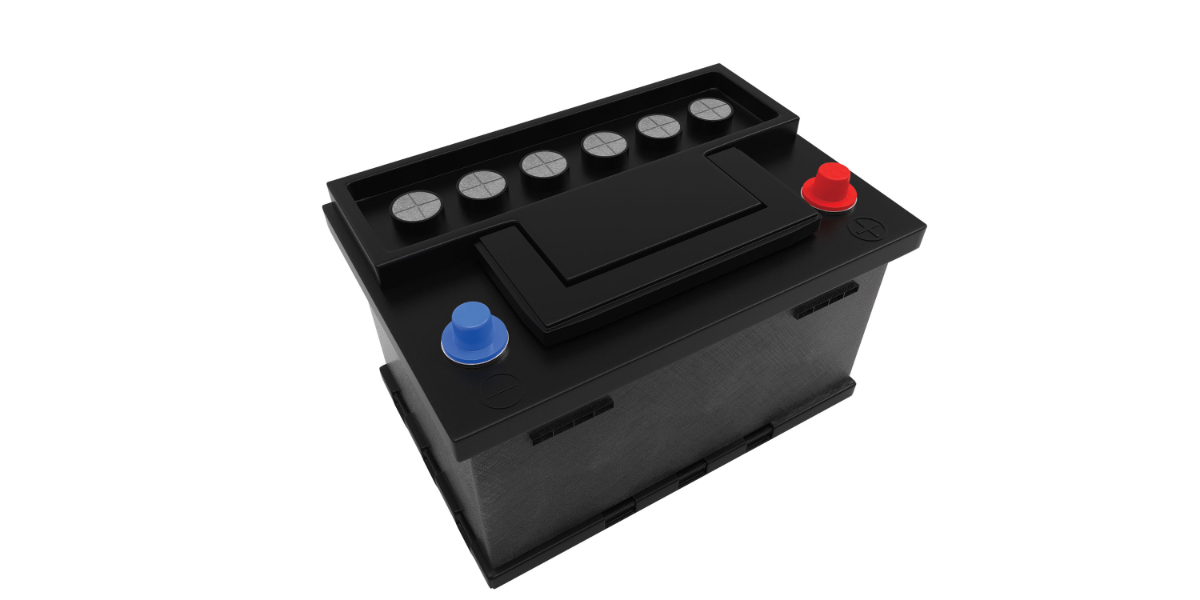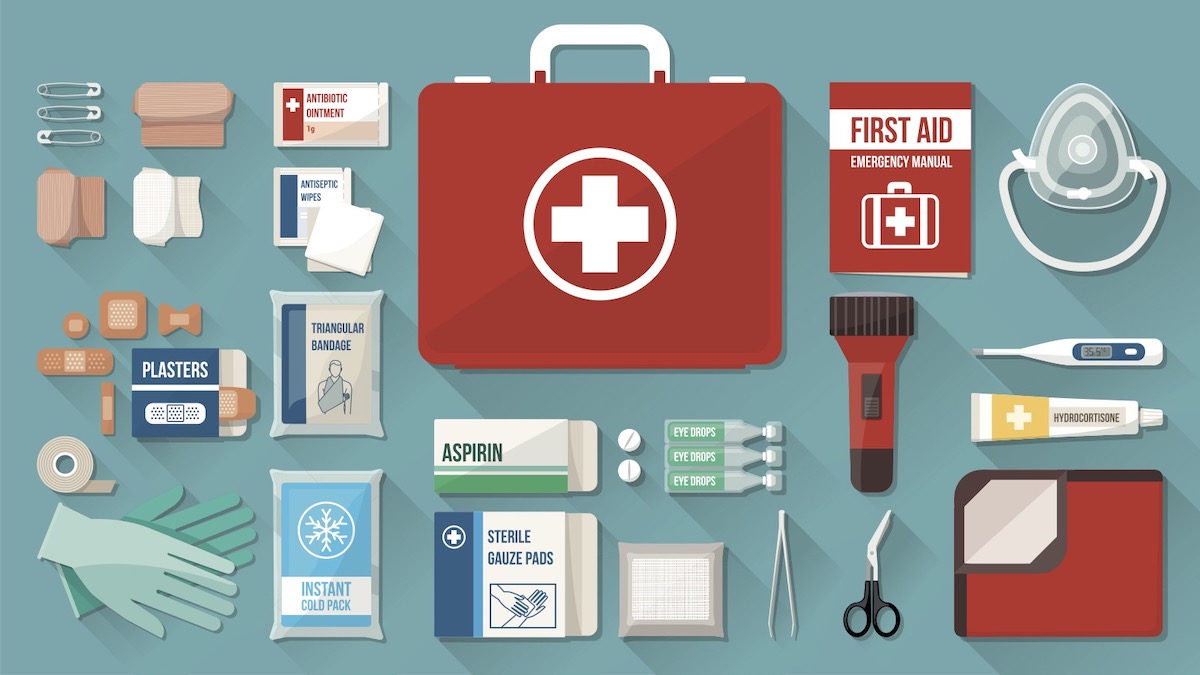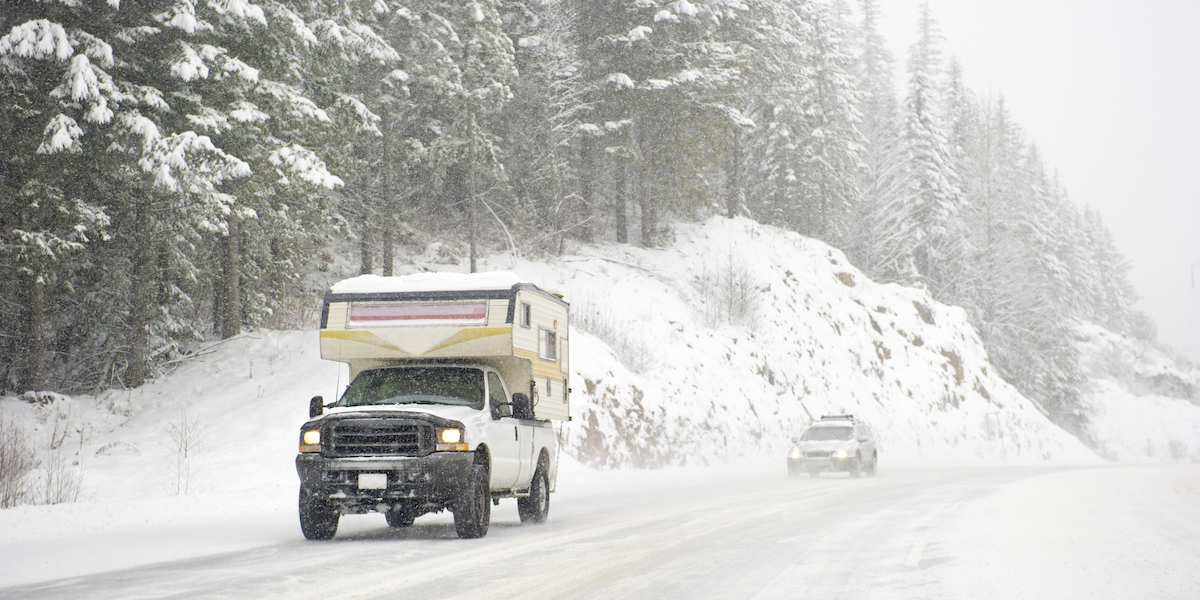RV Battery Basics
Get the Best Performance from Your RV Battery
Image Caption:
RV Batteries are the silent servants of unplugged camping, providing us with light, entertainment and other important functions. Yet many pay no attention to them until there’s a problem — which unfortunately is often too late for the an RV battery.
Battery Design Types
Heavy-duty batteries designed for RV’s are called deep-cycle because they can be discharged and recharged more often and to a deeper discharge level than engine-starting batteries.
Deep-cycle batteries come in three basic internal design types: Conventional flooded electrolyte, gel type and absorbed glass mat (AGM). Flooded-type batteries have been around the longest, are most often supplied as original equipment and offer good capacity at the lowest cost. Conventional flooded cells with removable caps require periodic checking and refilling with distilled water to maintain their electrolyte level. Batteries that get a fast charge, are used in hot weather and/or frequently cycled will use more water. If the electrolyte level drops below the top of the internal plates, the battery may be ruined. Conventional batteries also require more frequent cleaning of corrosion from terminals. A sub-category of the flooded cell is the so-called maintenance-free battery, which uses calcium mixed with the lead to reduce water usage. They usually have caps that can be removed if necessary, and if they are used hard (deep discharges and fast charging) they may need water replenishment.
Both gel and AGM batteries cost more than flooded cell batteries, usually last longer and don’t require maintenance. Instead of a liquid electrolyte like flooded cells use, gel-type batteries use a thick paste electrolyte that doesn’t require periodic refilling with water. However, gel cells don’t tolerate fast charging well. AGM batteries, which have their electrolyte absorbed in a fiberglass-type matting wrapped around the internal lead plates, also don’t require water, but can tolerate fast charging better than gel types.
Deep-cycle batteries used in RVs typically come in 6- or 12-volt configurations. Six-volt batteries must be installed in pairs and wired in series (connected together so that a + terminal is connected to a – on the other side) so that their combined voltage will be a nominal 12. Twelve-volt batteries can also be used in pairs, but they must be wired in parallel (+ to + and – to -) so that their combined output remains at 12 volts. When 12-volt batteries are wired in parallel and used in pairs, the stronger one will discharge into the weaker one (known as cannibalizing), whereas a pair of 6-volt batteries in series won’t discharge each other.
Battery Storage
Batteries lose their charge over time, and most RVs also have small parasitic current draws, so disconnect the batteries during storage. Use a smart multistage maintenance charger during storage (not a regular trickle charger). A converter/charger that can maintain a full charge at 13.2 volts will reduce gassing and water loss. However, this voltage doesn’t provide enough gassing to prevent a condition called battery stratification. Stratification occurs because the electrolyte is a mix of water and acid and the acid is heavier than water. Therefore, the acid settles and concentrates at the bottom of the cells (which also causes additional sulfation), further reducing capacity and service life. To prevent stratification an equalizing charge should be applied to lead/acid batteries about once every 10 charge cycles, or every couple of months. To equalize a battery, the charging voltage is raised (by a smart charger) to more than 15 volts for a short period. This higher voltage helps break up sulfation and causes gassing that mixes (equalizes) the electrolyte.
The rate of battery self-discharge increases with temperature. At 80 degrees Fahrenheit, a conventional battery will self-discharge at about 4 percent per week. The electrolyte in a lead/acid battery may freeze if the battery is partially discharged. A battery at a 40 percent state of charge can freeze if the temperature drops to about minus 16 degrees Fahrenheit. However, when a battery is fully charged, the electrolyte will not freeze until the temperature plummets to approximately minus 92 degrees Fahrenheit. So keep your batteries charged!
Battery Safety
When working around batteries wear rubber gloves and eye protection, and exercise caution. Battery acid damages anything it comes in contact with, including paint, chrome and metal. During operation, batteries produce hydrogen, which can explode if a spark occurs nearby. When disconnecting, loosen the bolt/nut on the negative (ground) terminal first. That way, if the wrench touches metal on the chassis, it won’t spark. When working on batteries, make sure the ground terminal is connected last for this very same reason. Loose battery posts and terminals, plus improper jump-starting, are major causes of sparks, which can cause explosions. Always connect jumper cables to the dead battery first, then to the good battery, and attach the last jumper cable to an unpainted metal portion of the chassis, rather than to the battery. This keeps any sparks away from the battery. Never charge a frozen battery.





